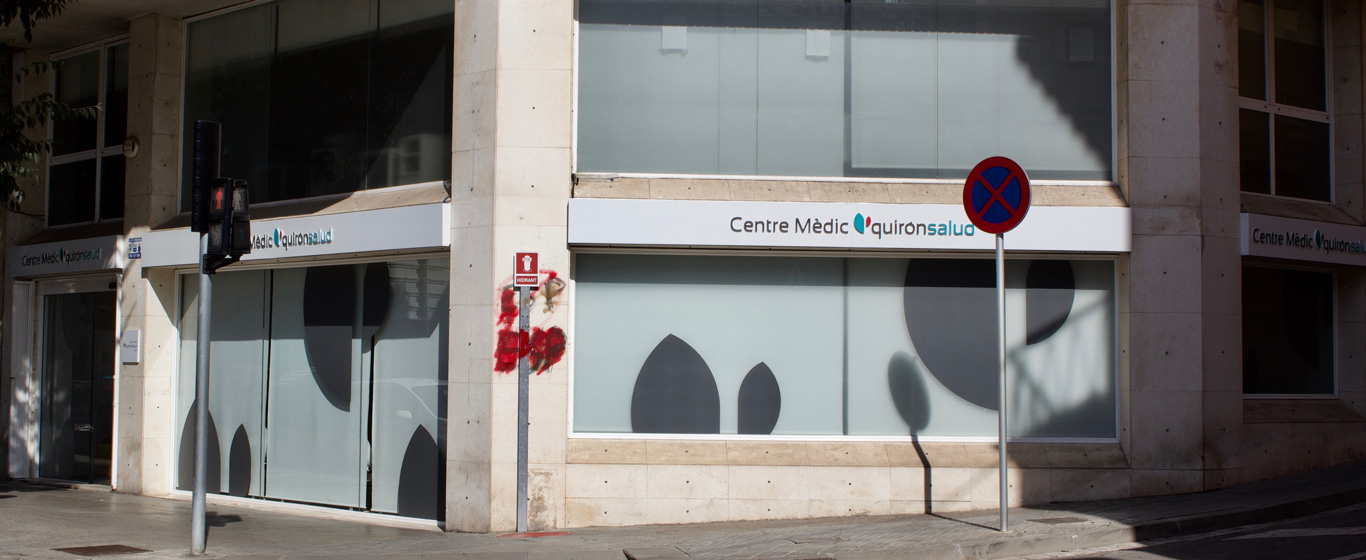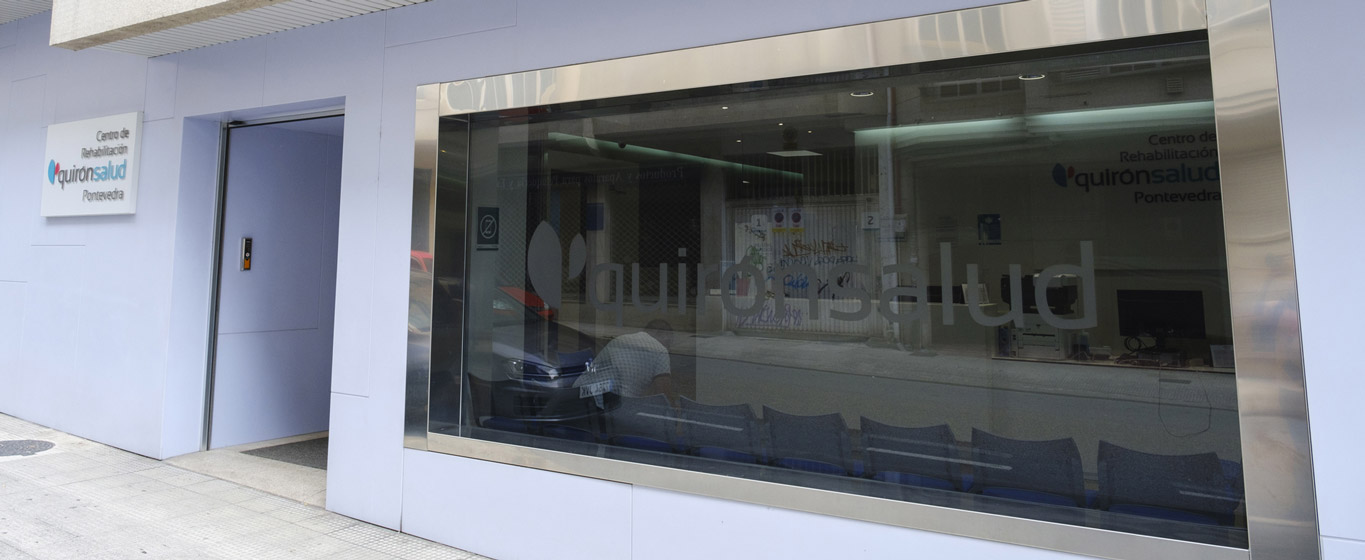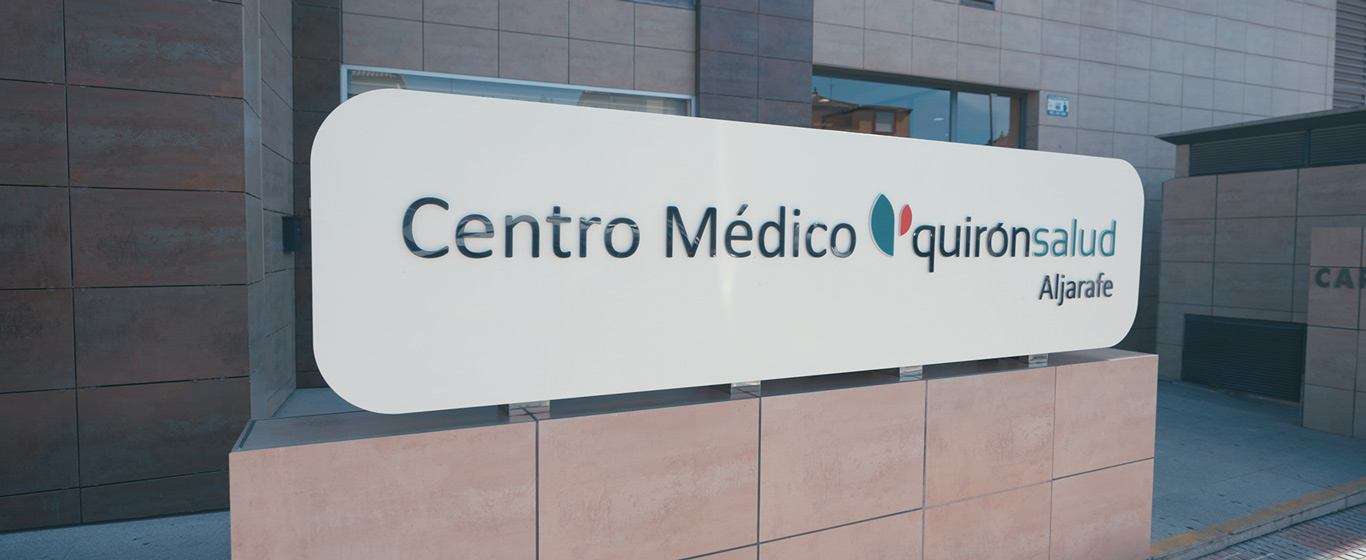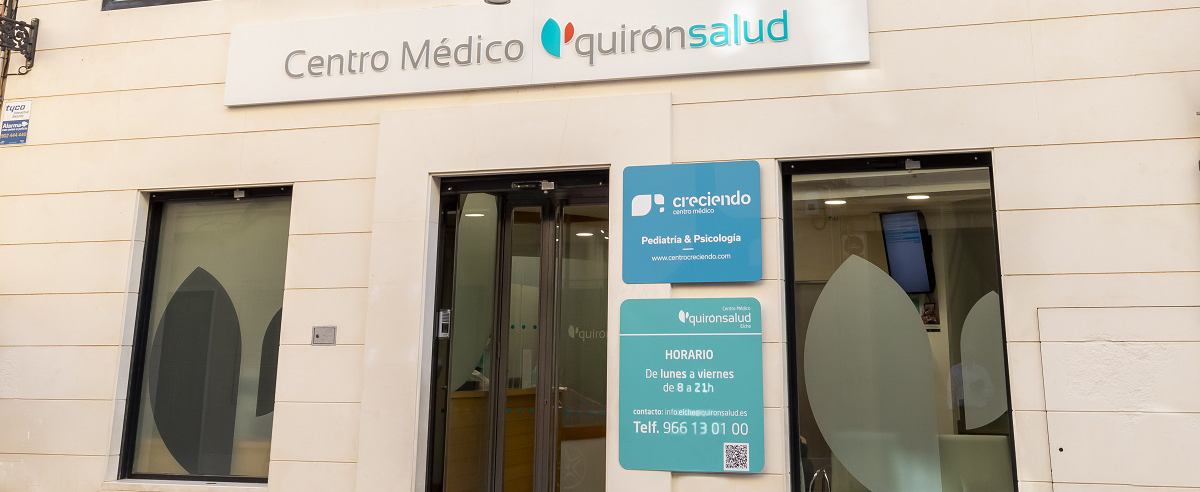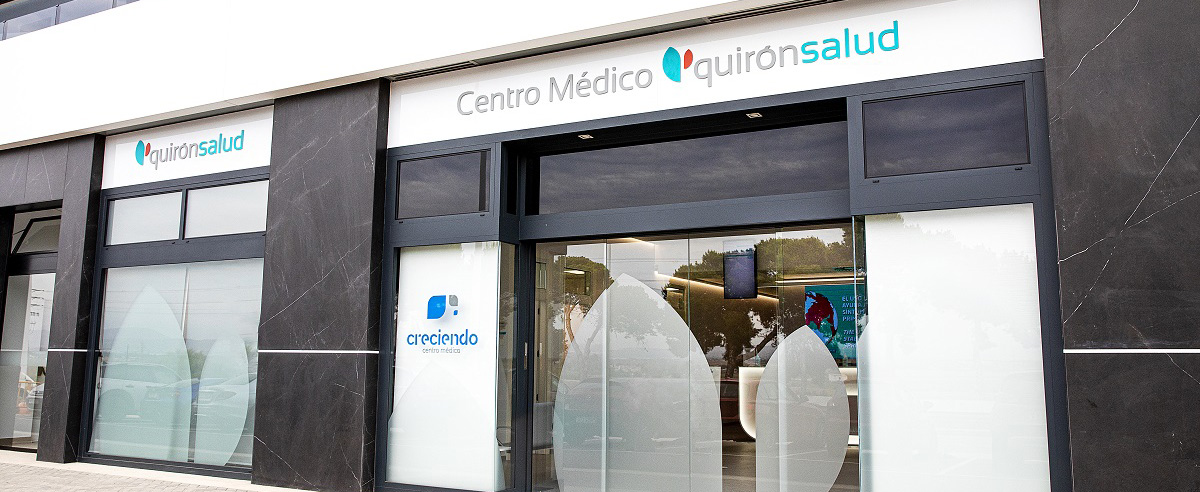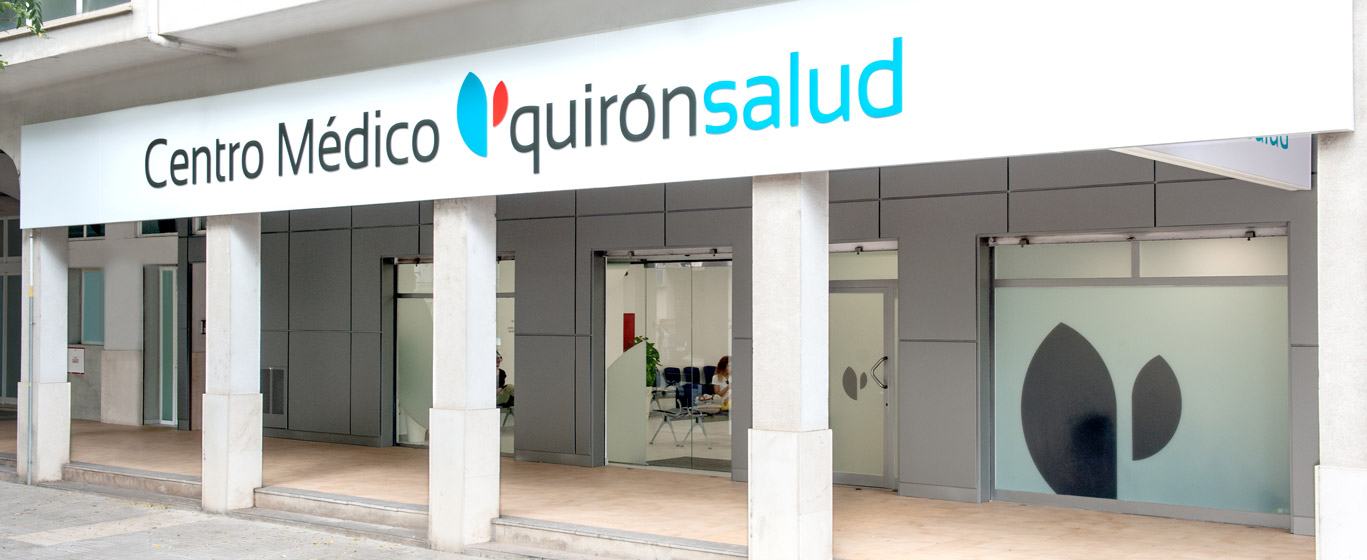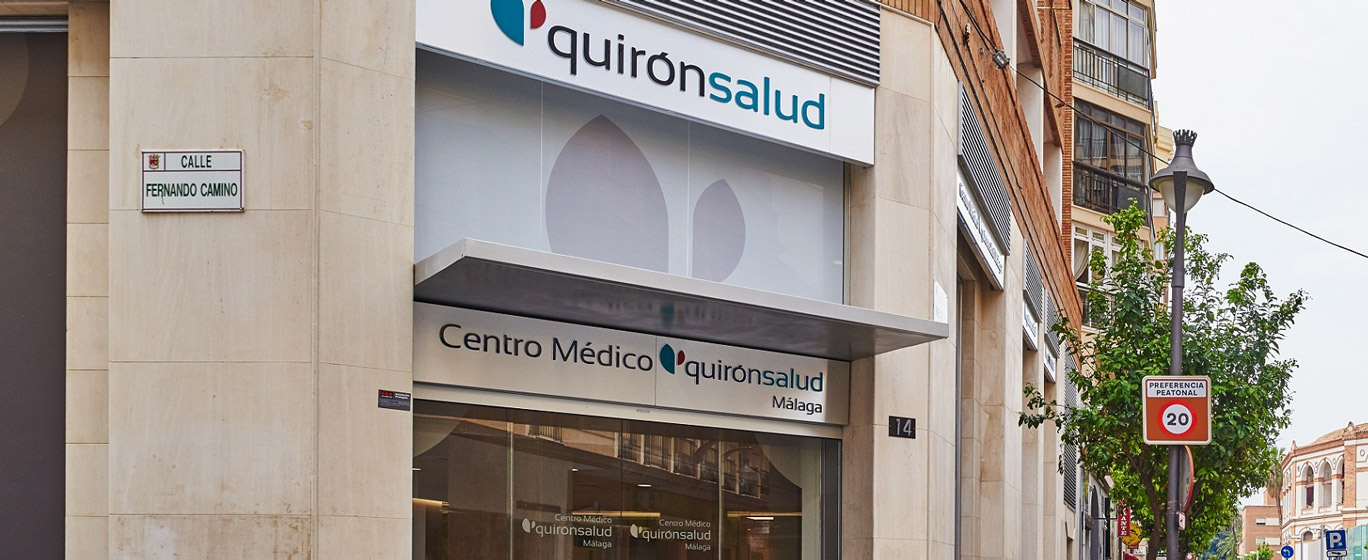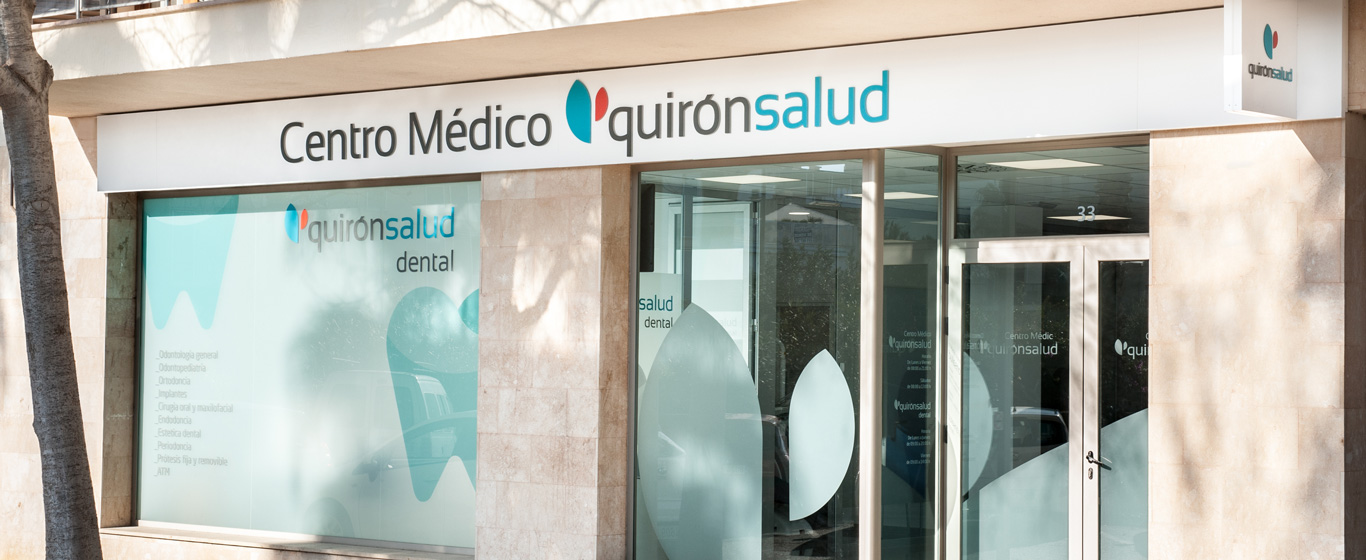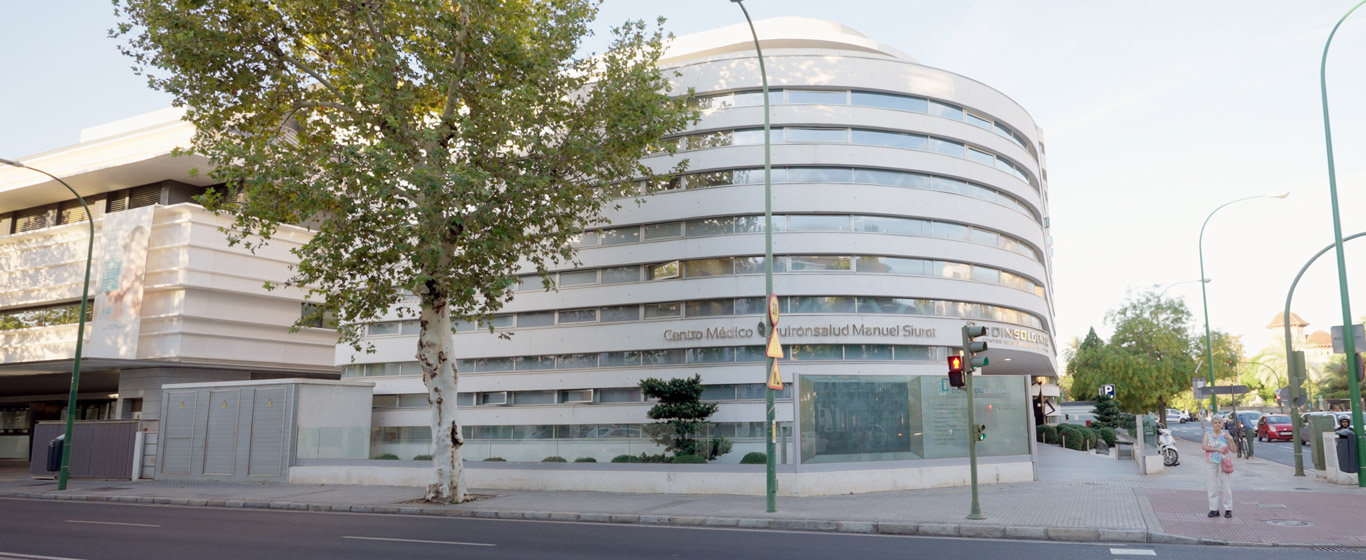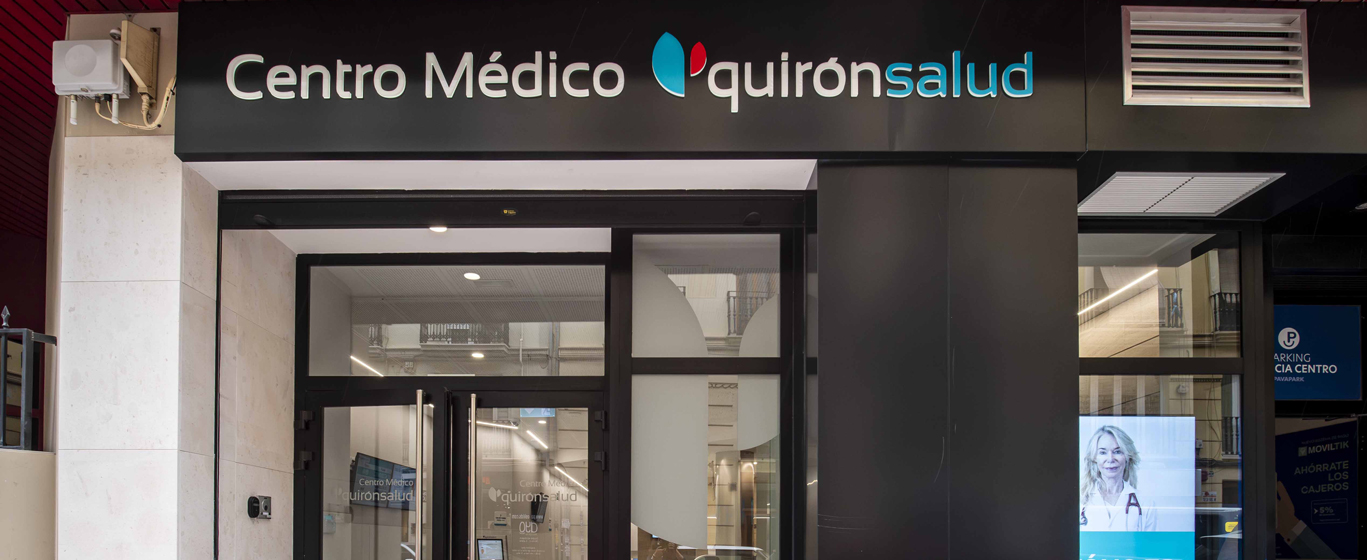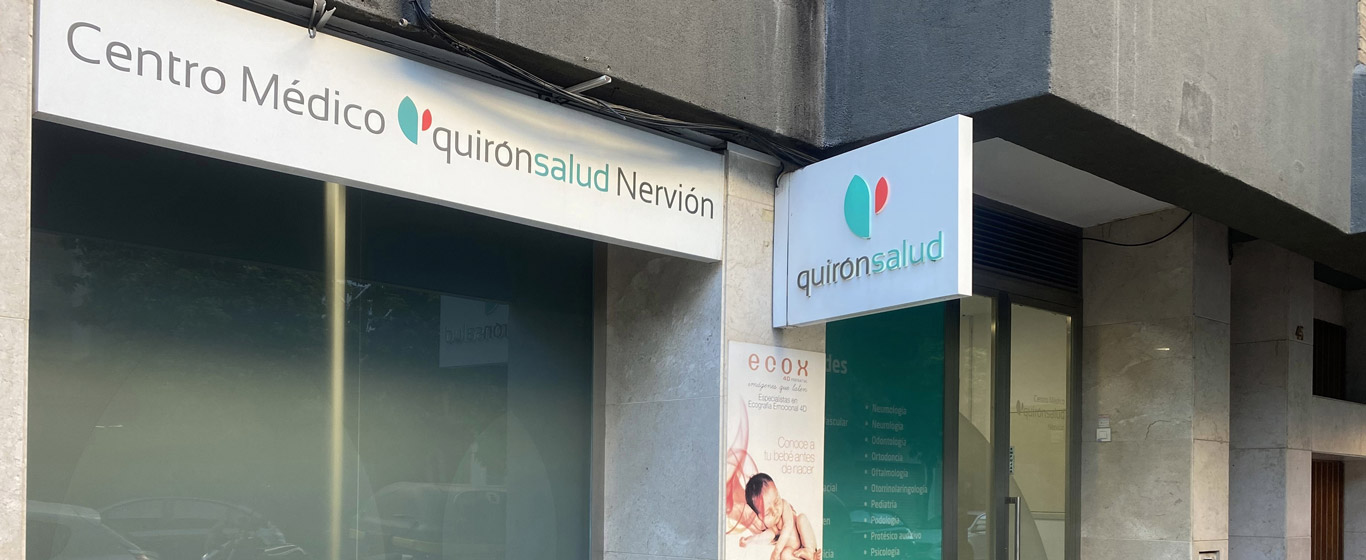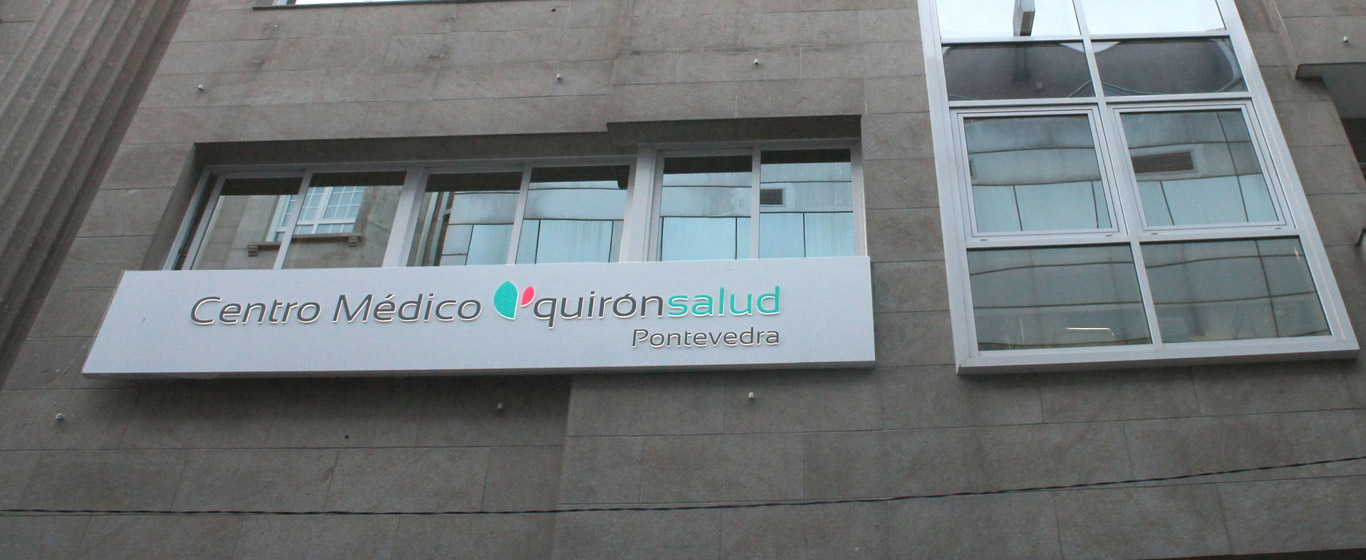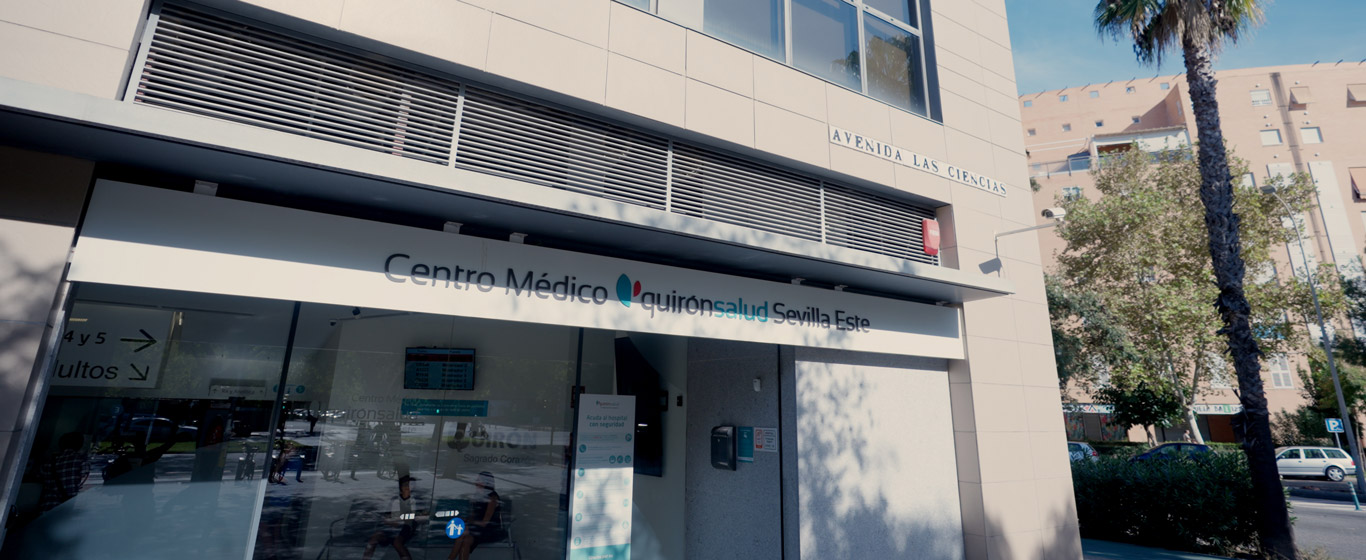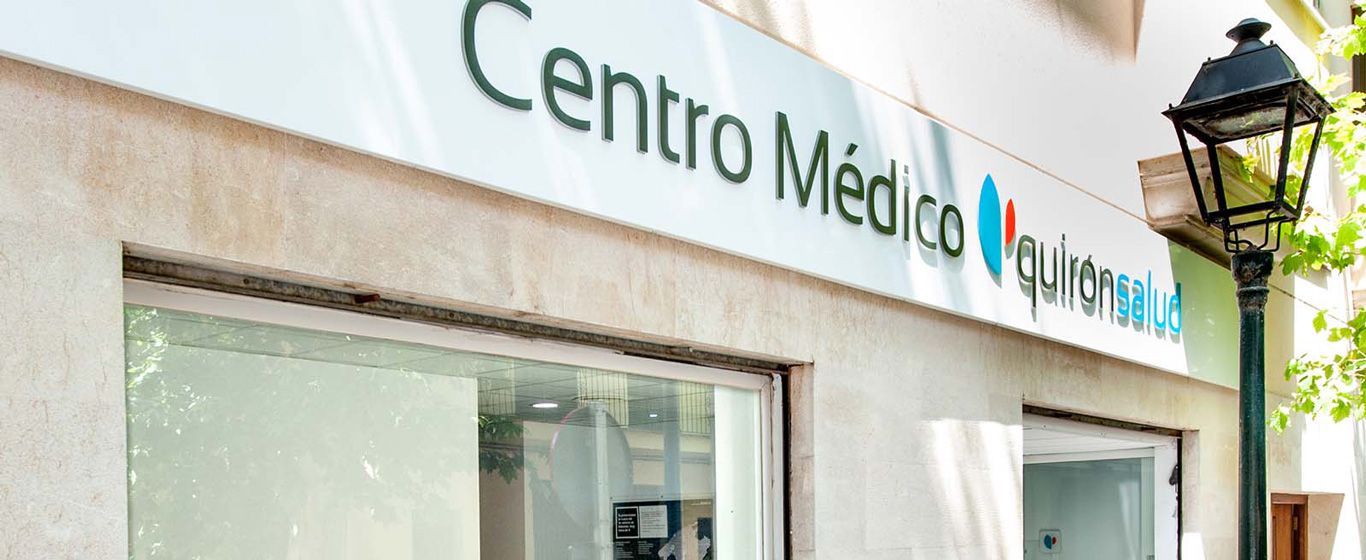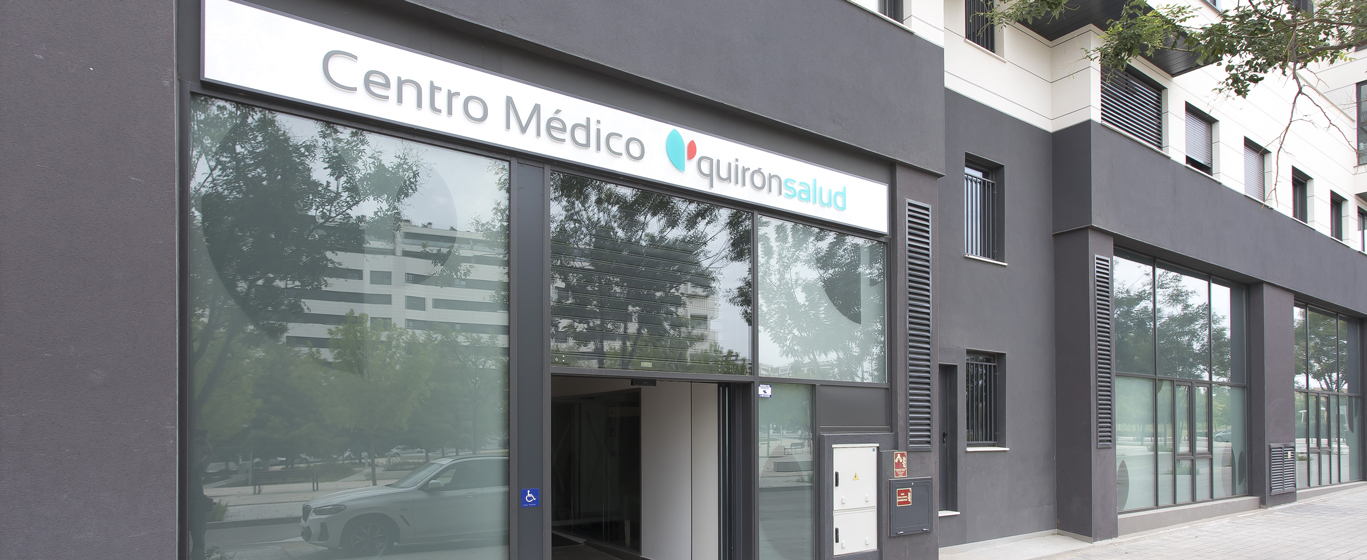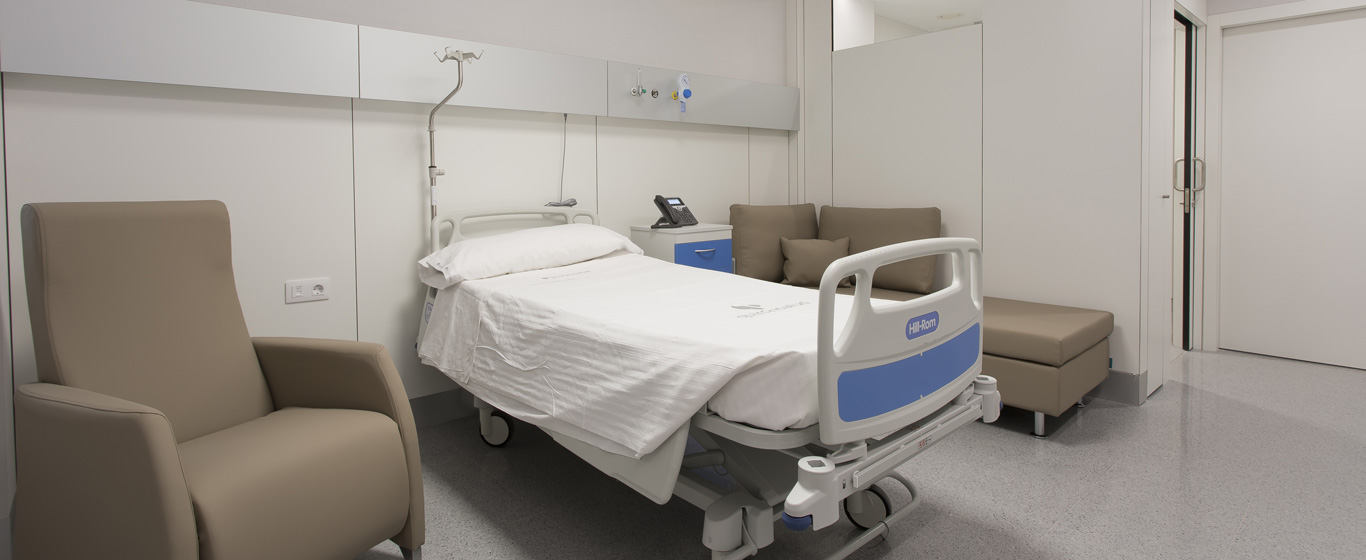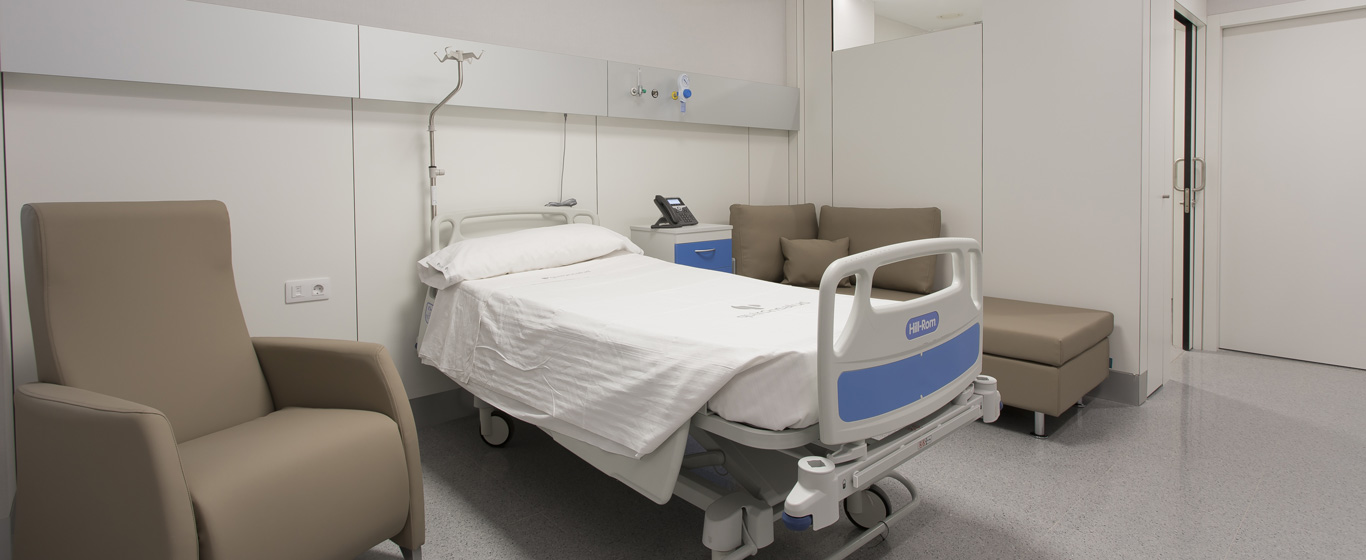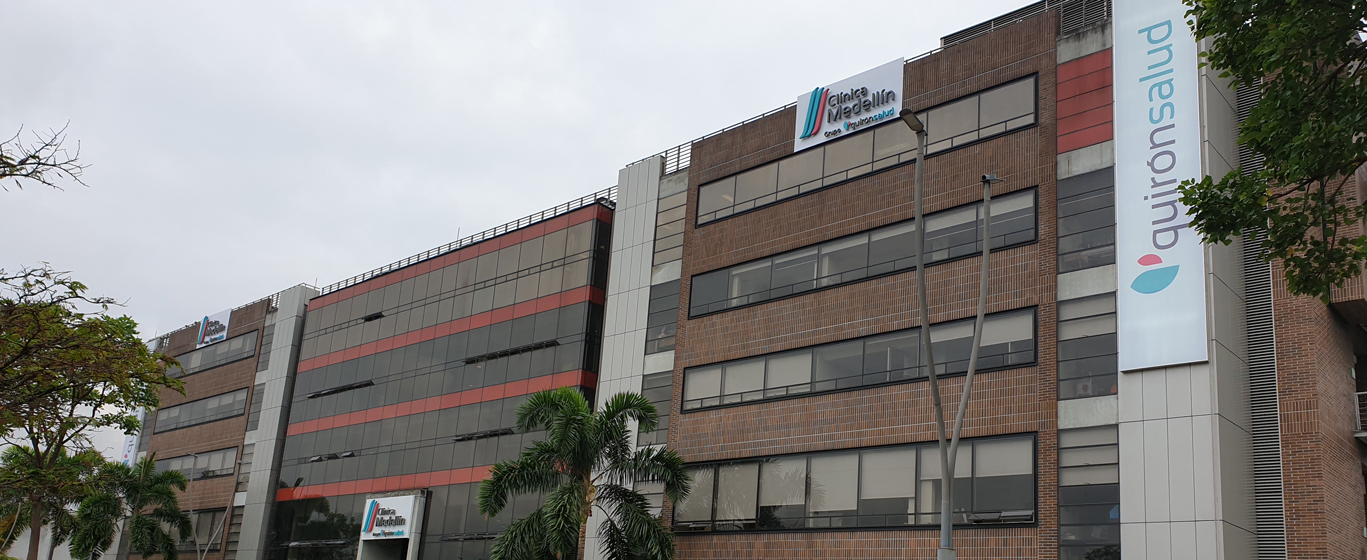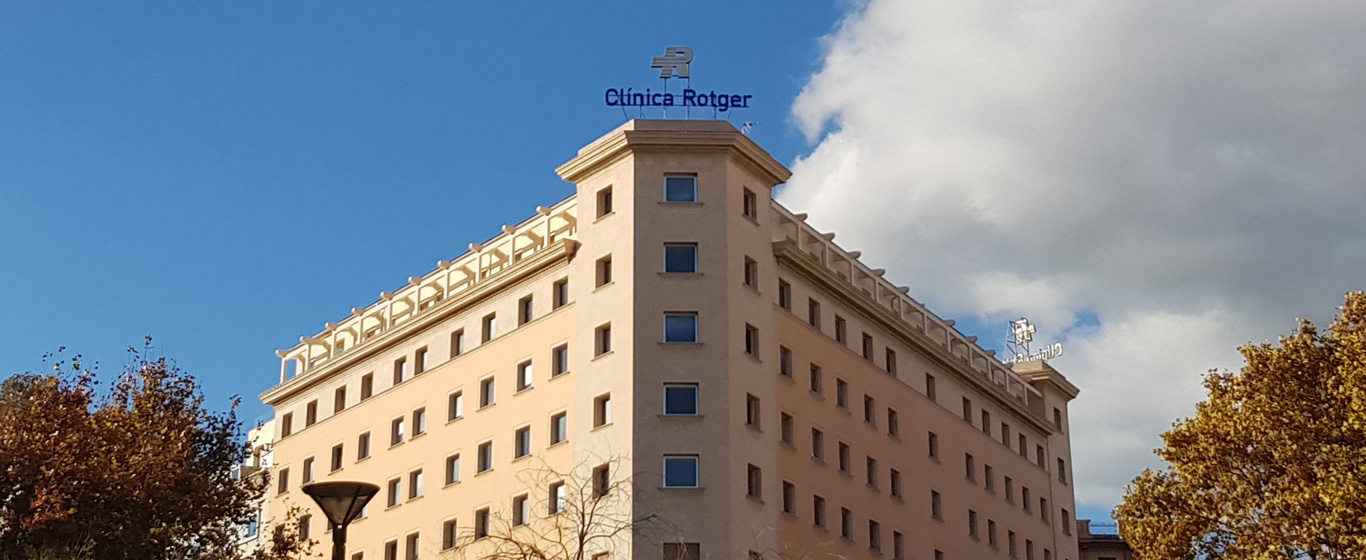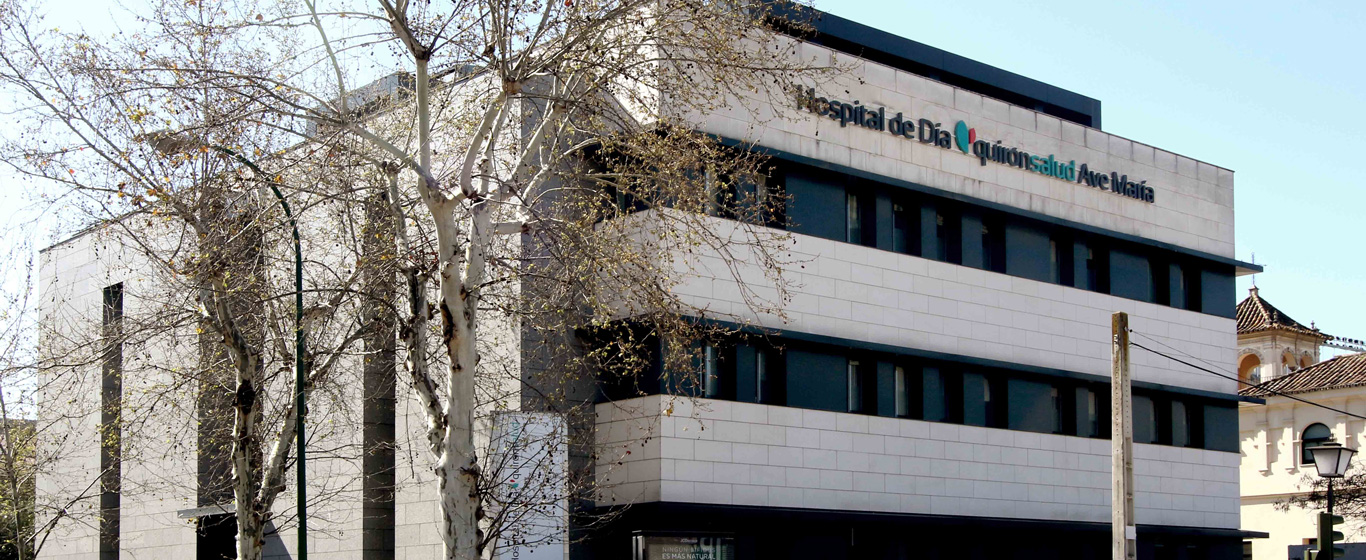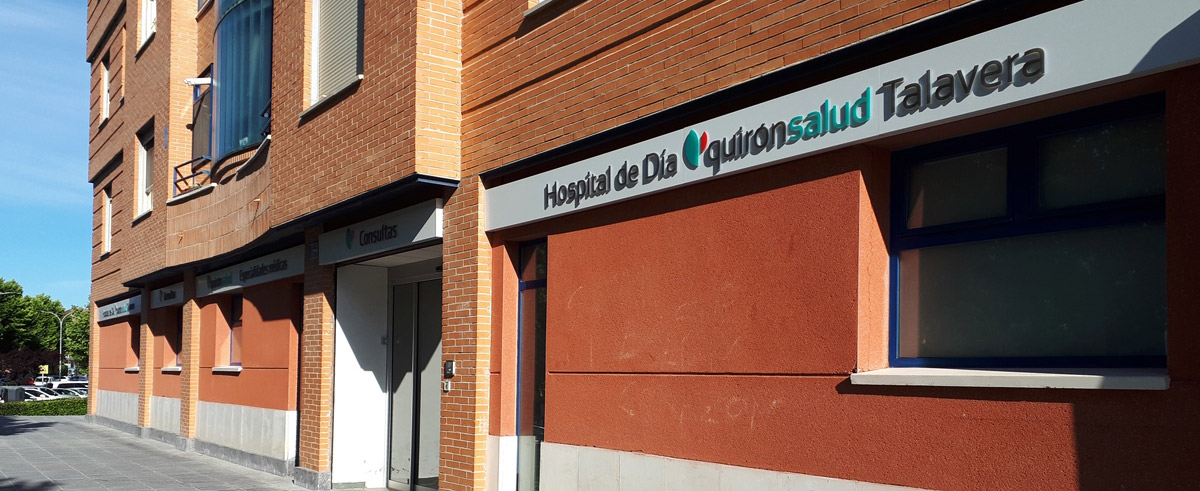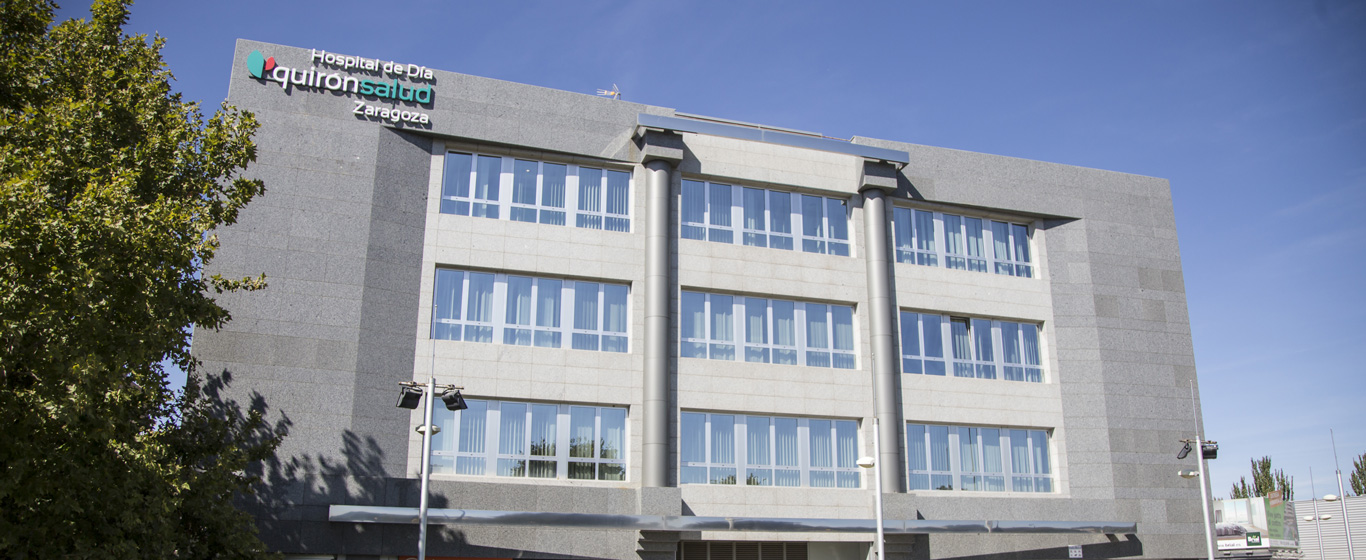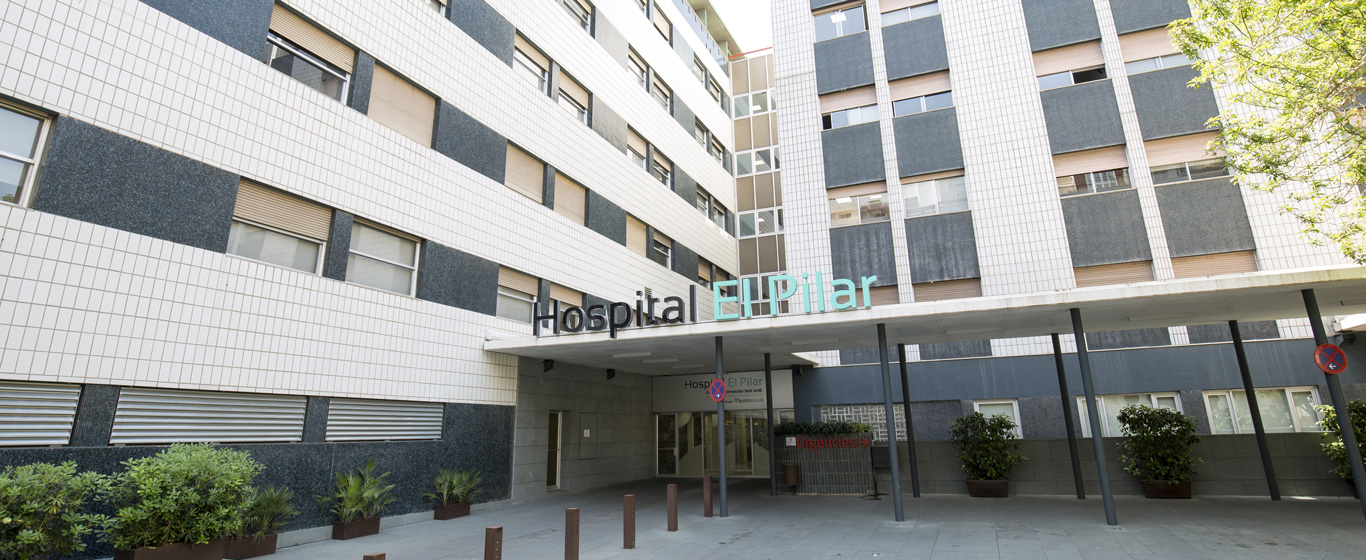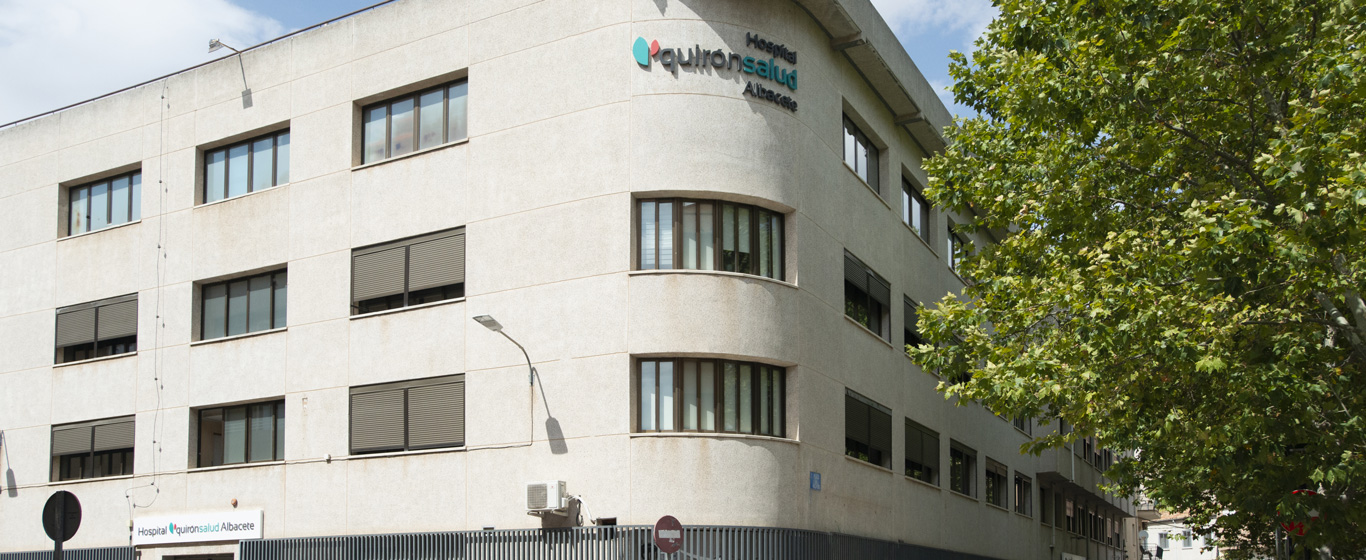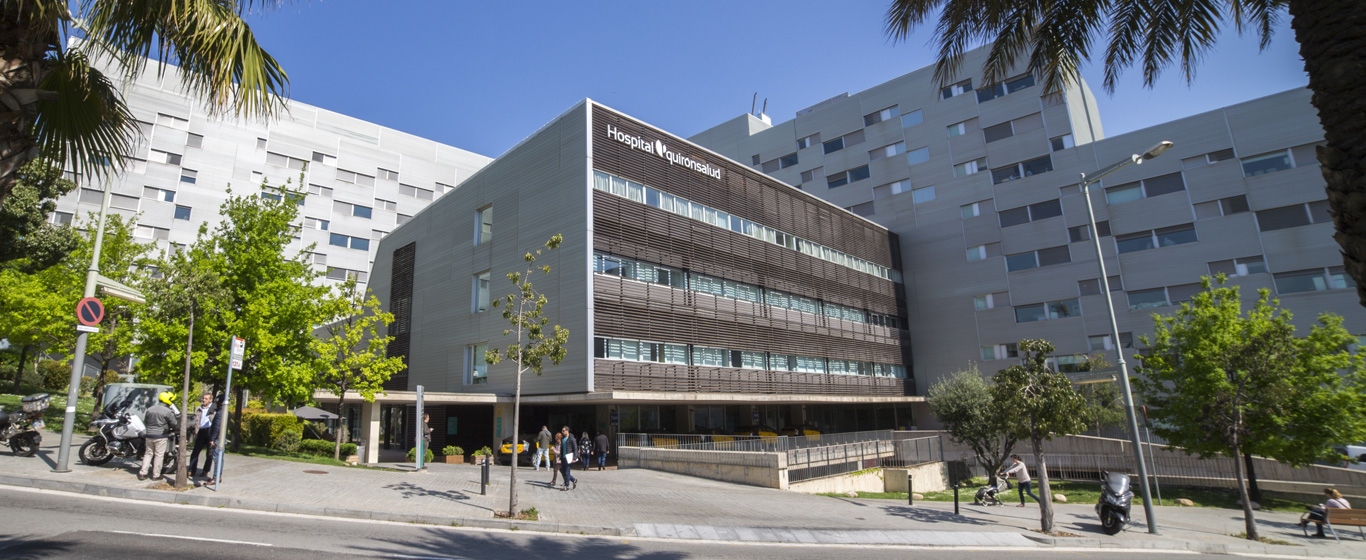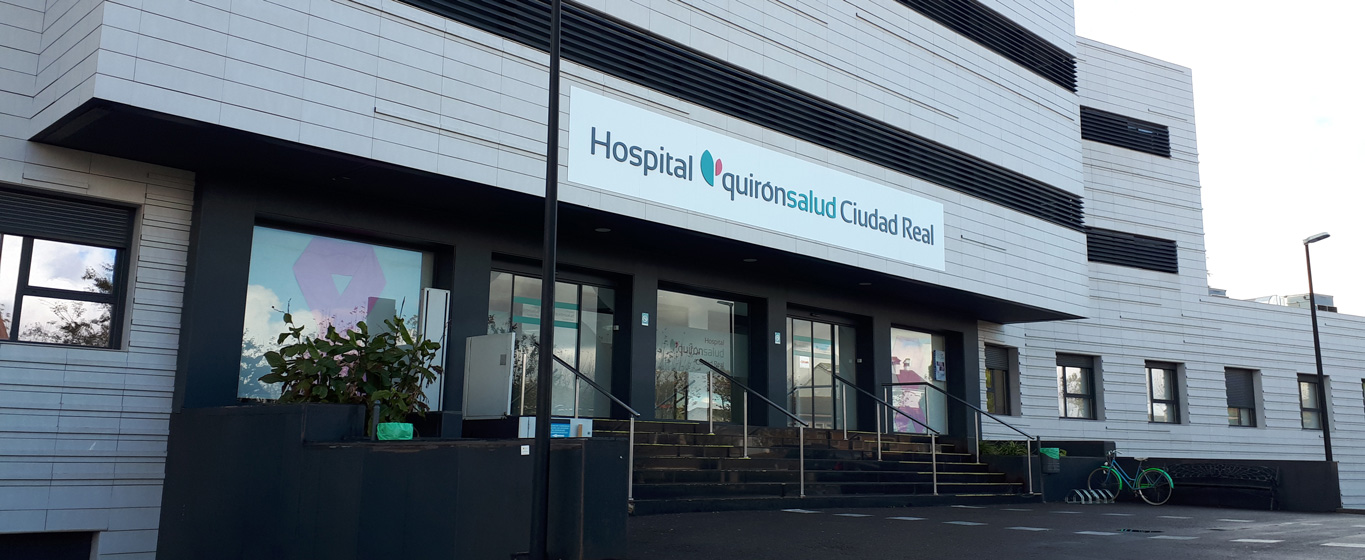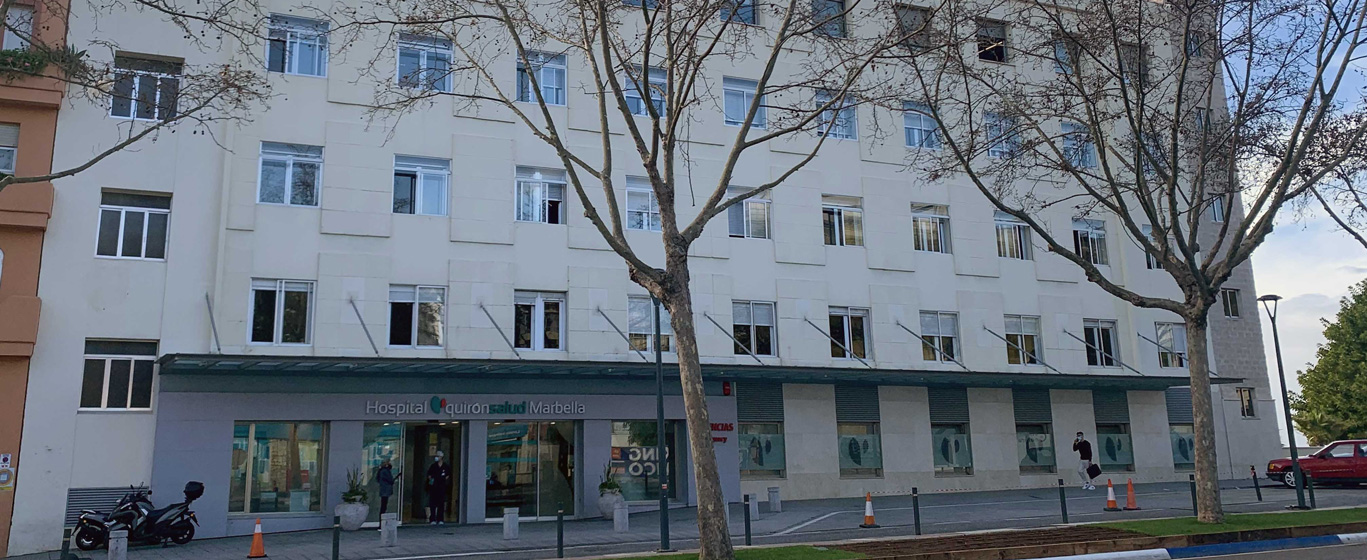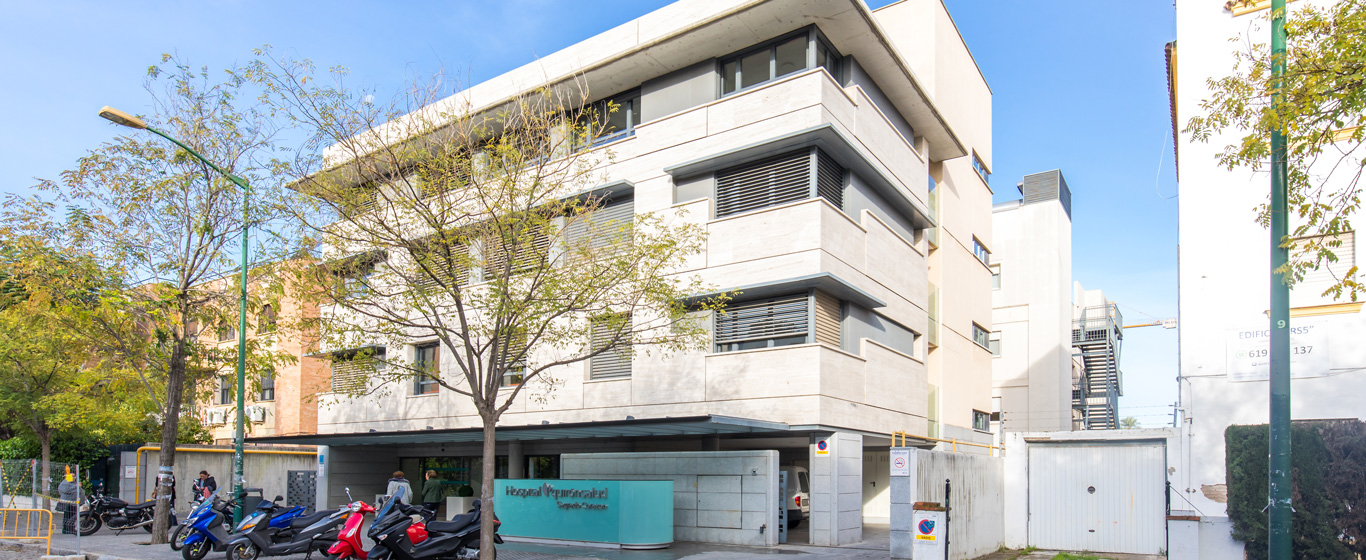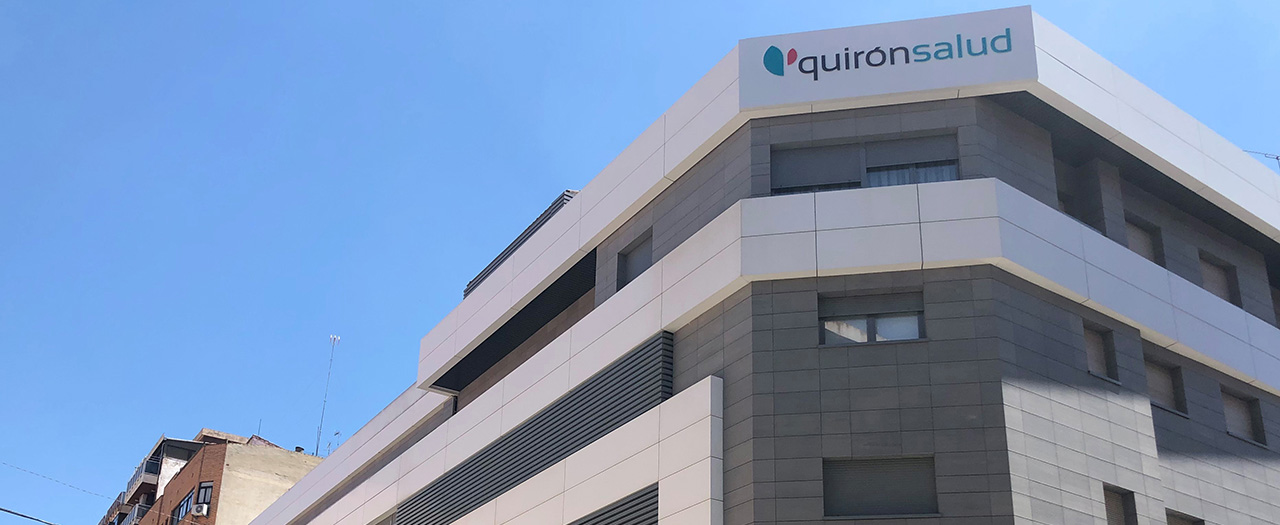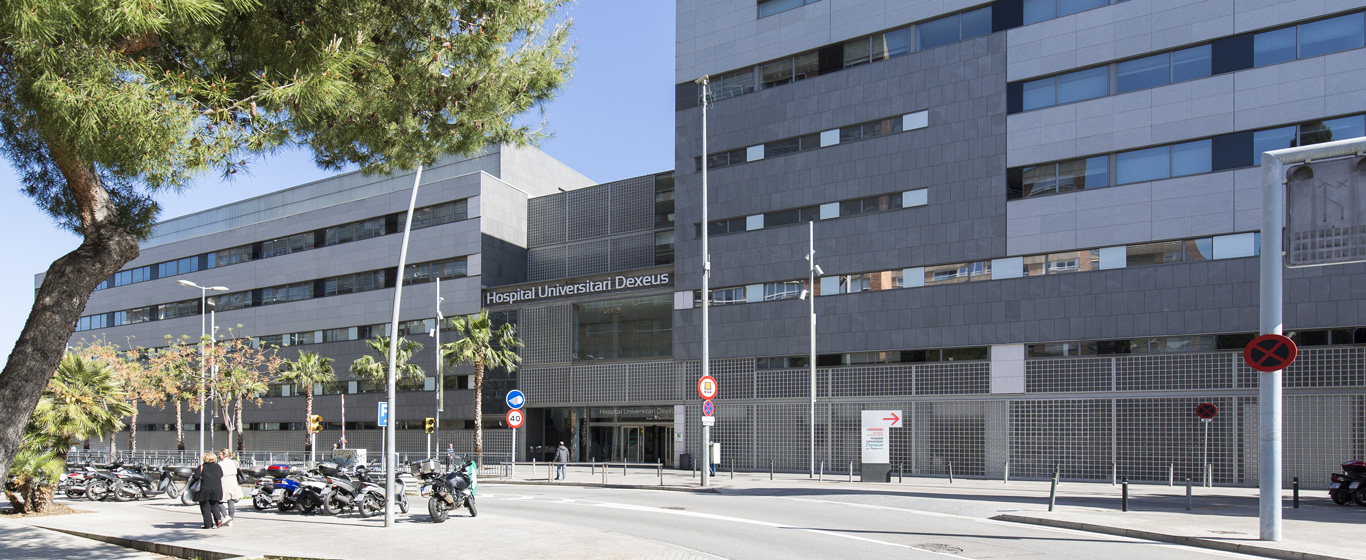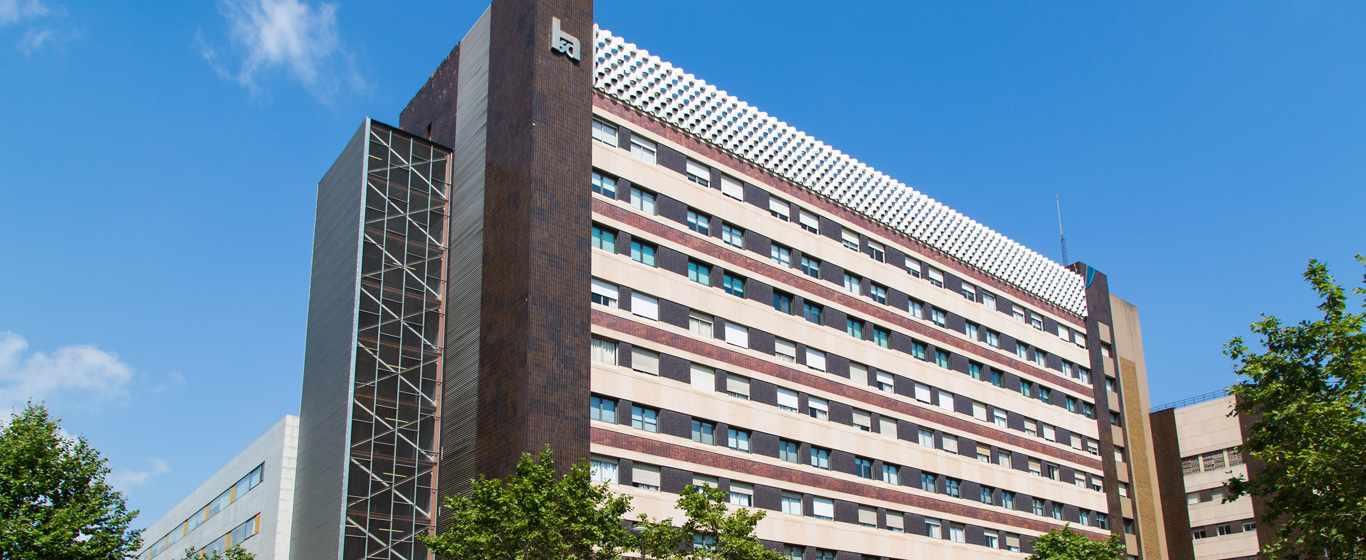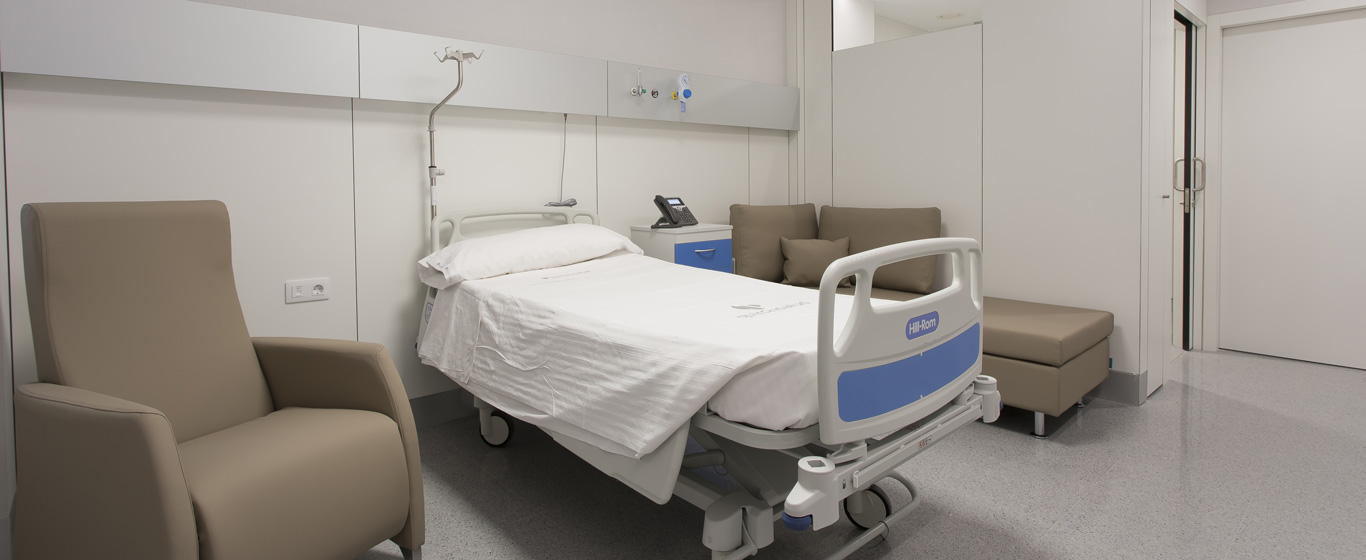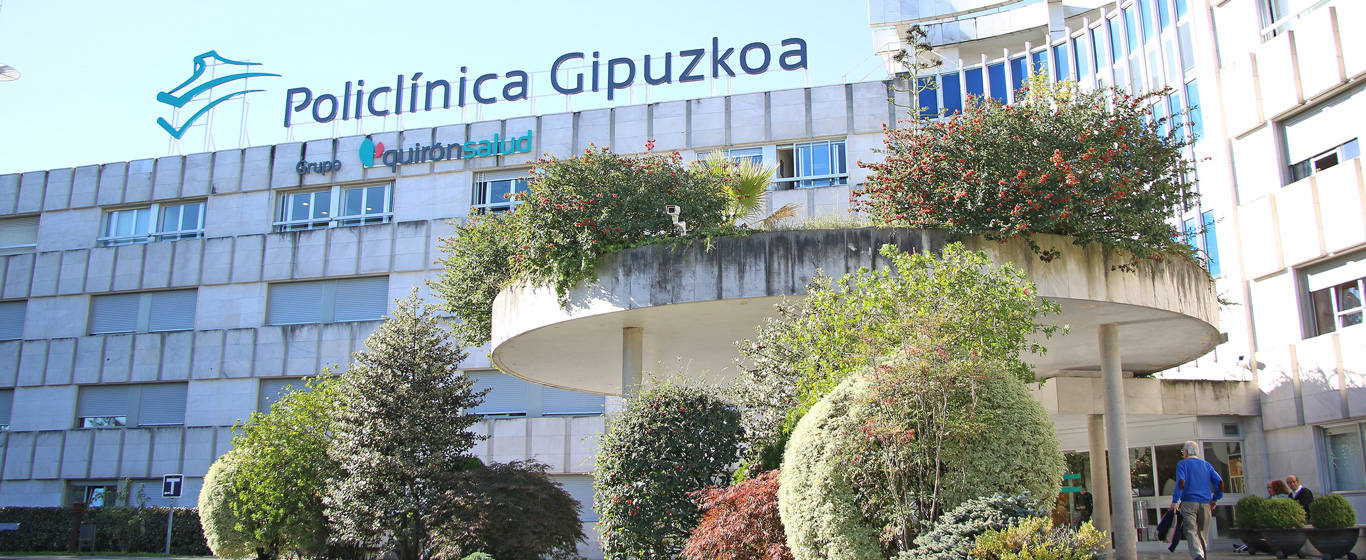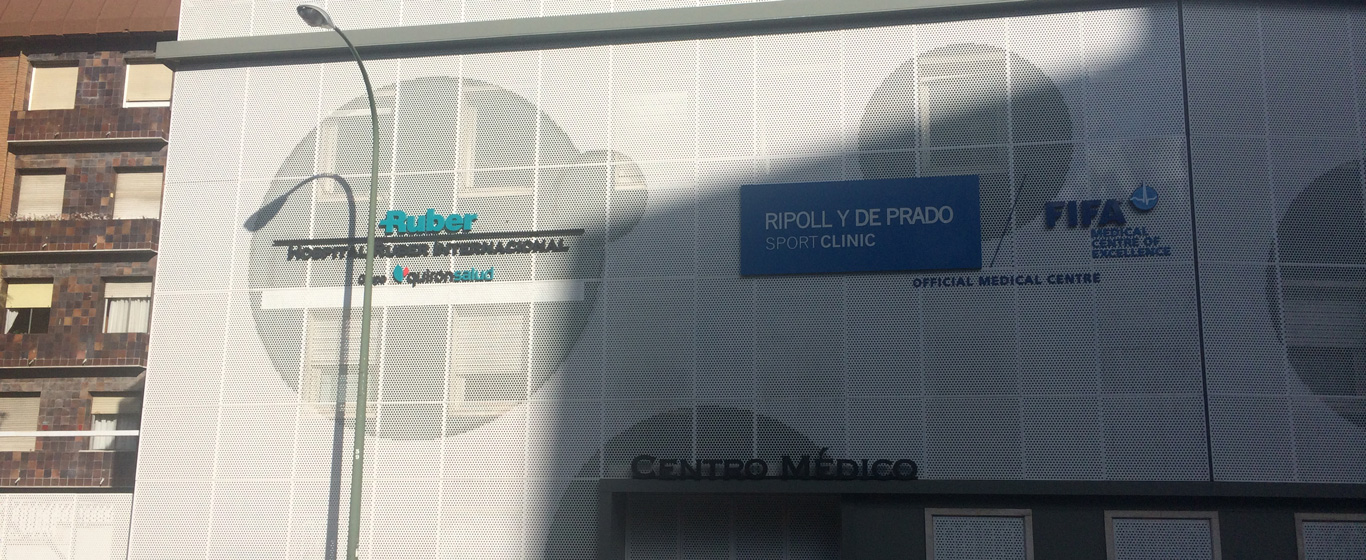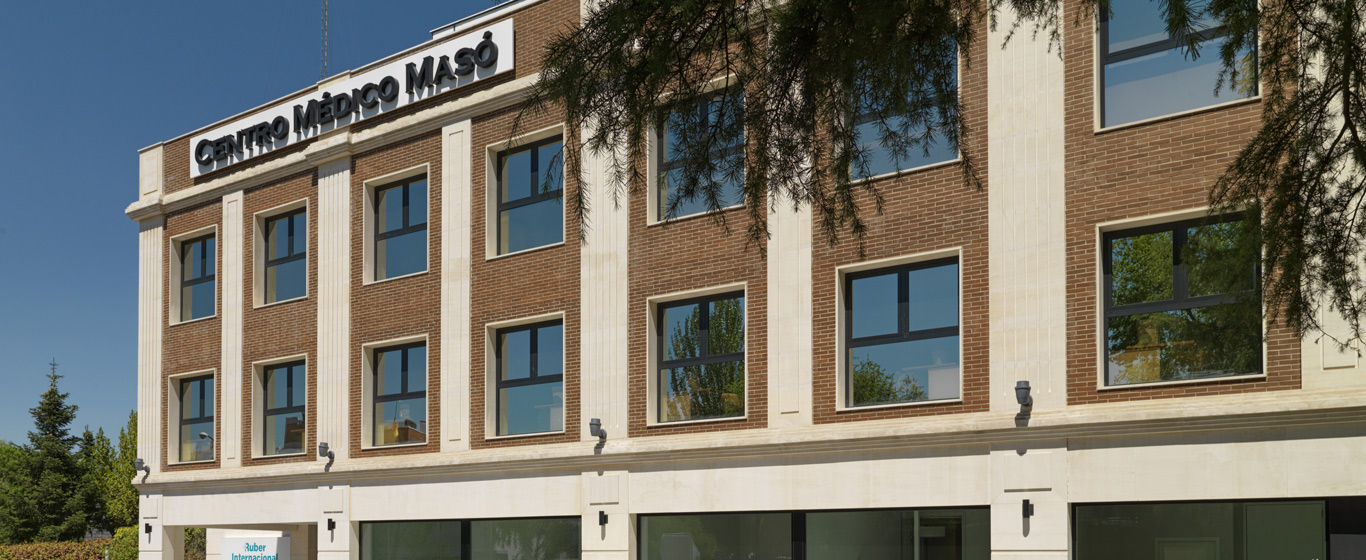Thyroid Ultrasound
A thyroid ultrasound uses ultrasound waves to examine the morphology of the thyroid gland, as well as the parotid and submandibular glands. This is a short-duration test that poses no health risks.

General Description
A thyroid ultrasound is a diagnostic test that provides images of the thyroid, a gland located in the neck that produces hormones regulating metabolism (the way the body uses energy). Ultrasound waves are used, and when they hit the tissues, they produce echoes that are converted into images with the help of a computer. Before emitting these sound waves with a manual probe (transducer), a water-based gel is applied to the skin. This helps reduce noise that could interfere with obtaining clear images.
This test provides a clear view of the thyroid’s morphology and other nearby structures, and it is common to also examine the parotid and submandibular glands (which are responsible for saliva production). It is important to note that it does not provide information about thyroid function; for that, a blood test is necessary.
When is it indicated?
A thyroid ultrasound is indicated when a physical examination (palpation) is not sufficient to confirm the presence of a nodule. It also helps to determine whether the nodule is benign or malignant and to observe its characteristics. This test is also used to assess the progress of a tumor after treatment. Additionally, it is useful for diagnosing hypothyroidism or hyperthyroidism.
In some cases, this technique is used to plan and guide surgical procedures, such as a biopsy.
How is it performed?
To undergo a thyroid ultrasound, the patient lies down with their head resting on a pillow or support. During the procedure, the neck should remain as extended as possible.
Once in position, the specialist applies a water-based gel to the neck and slides the transducer over the area to obtain the desired images.
Risks
Since no radiation or contrast agents are used, a thyroid ultrasound is safe and poses no health risks.
What to expect from a thyroid ultrasound
On the day of the test, it is recommended to wear comfortable clothing. The patient should be prepared to keep the neck extended and remain as still as possible during the ultrasound to ensure clear images.
The gel used to facilitate the transmission and reception of sound waves is typically cold when applied. Some discomfort may be felt when the specialist applies pressure to certain areas to view them in more detail, but it is not a painful test.
Thyroid ultrasounds are outpatient procedures that last between 15 and 30 minutes and do not require hospitalization or rest afterward. Although the images are viewed in real time, the results are typically explained in a follow-up consultation a few days later.
Specialties where a thyroid ultrasound is requested
A thyroid ultrasound is commonly used in endocrinology, oncology, and internal medicine.
How to prepare
No special preparation is required for a thyroid ultrasound. There is no need to alter your diet or fast beforehand.





